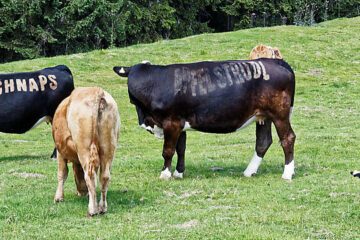When applying the preset “4 – No correction” on a raw photo some rectifications allowing to restore the reality of the scene are still applied (only software like FastRawViewer allow to open a “raw” raw file).
The content of the raw file still undergoes some processing.
With the default “1 – DxO standard” preset, PhotoLab evaluates the image content and applies settings from the calibrated module information parameters as needed.
Intervene on these settings is not necessarily required when DxO qualified the lens except to modify the strength when artifacts appear or against a caricature effect.
These enhancements work quite well and they are easily forgotten. However here are some issues encountered in some very specific configurations.
Detail palette
* The automatic chromatic aberration correction can cause desaturation of small colored elements.
– Limit its value and do not check the case “purple fringing” as necessary
* PhotoLab applies the moiré correction wisely. It is easier to leave the default option.
On the other hand it is sometimes observed a loss of definition on structured images as well as a desaturation of colors (but the last versions have been modified)
– In these cases prefer the chromatic aberration correction only
* PhotoLab sometimes gets trapped on portraits; it blur hair, eyelashes and eyes.
– The correction must be lowered
Use a zoom value of 100% in preview to appreciate these two corrections.
DxO specifies a recent improvement of PhotoLab:
The “auto” size option for chromatic aberration correction is like a default value. It happened that it was too aggressive in many cases. Inconvenient of a too strong correction is that it can also attenuate real small colored details.
To avoid that without impacting users that were happy with auto mode behavior until then, we decided to change the behavior of this function in the “DxO Standard” preset.: Auto is unchecked and value is set to “4”.
Light palette
* Vignetting is a sophisticated algorithm that retains the noise increase in the brightened corners where it improves the sharpness and restores the saturation.
This correction can drown the details of clipping limits and have a unexpected behavior with certain optics.
Color palette
* Style – Toning
Virage partiel Sepia-terra on light tones and Selenium on dark tones.
This article will be enriched and illustrated at a later time.
Geometry palette
* Distorsion
See article Cropping
TuToDxO.com – All rights reserved – tous droits réservés


